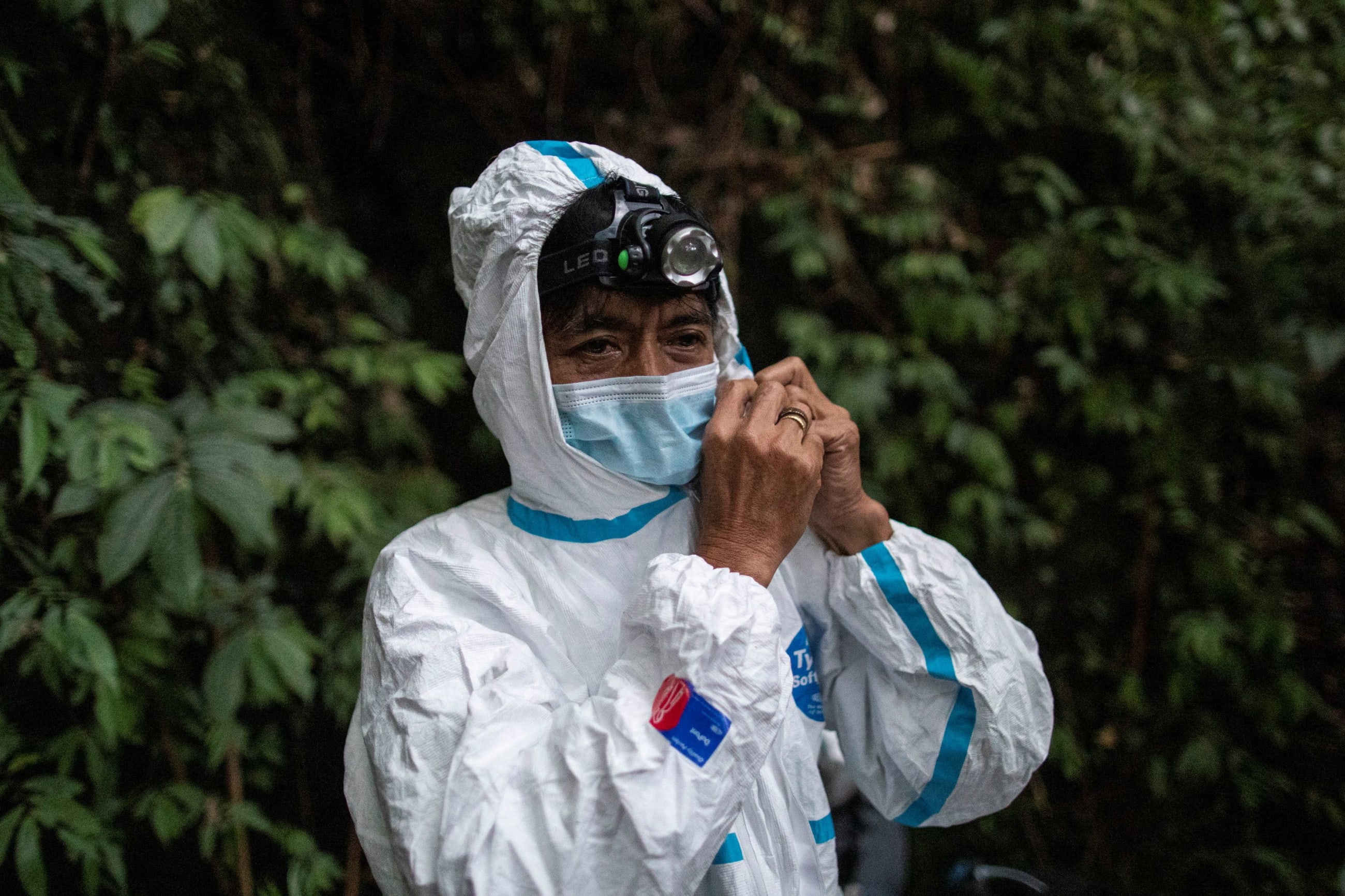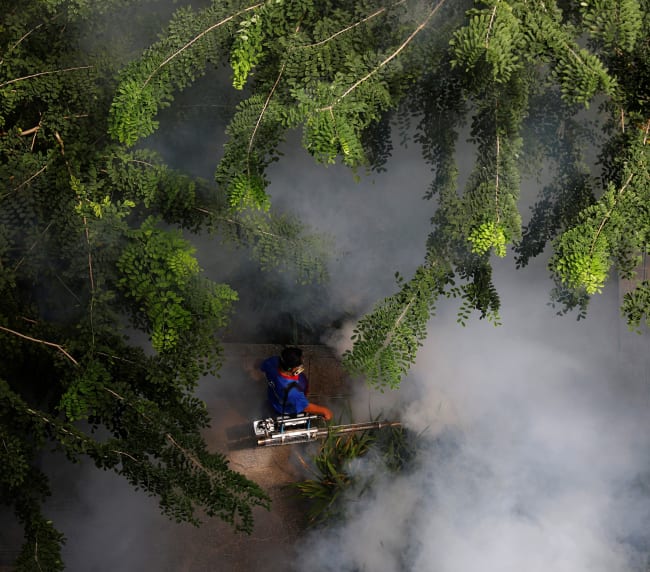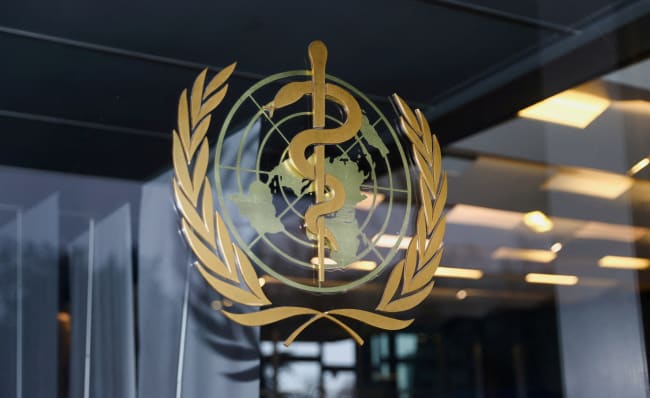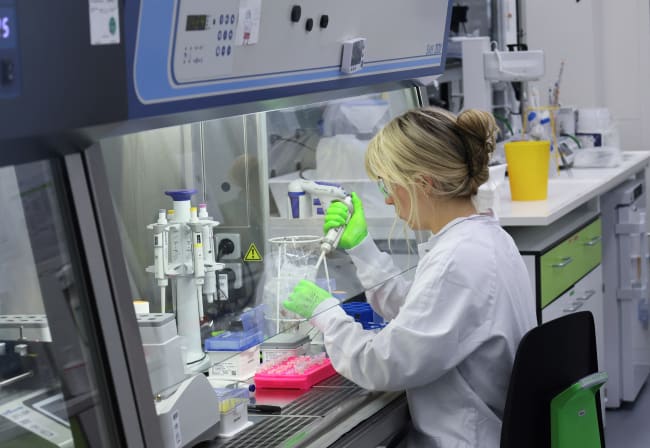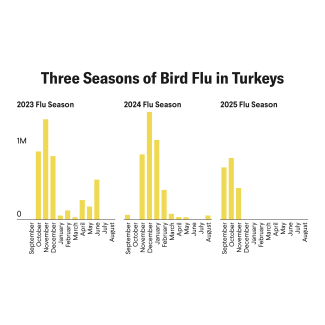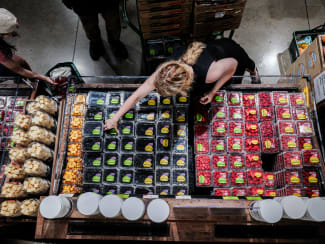In May 2025, the World Health Assembly reached a milestone with the adoption of the Pandemic Agreement [PDF], a treaty aimed at better preparing the world for potential pandemics. But the job is not yet done: The treaty cannot be ratified until countries negotiate and adopt a critical annex operationalizing arrangements to share pathogen samples, data, and benefits such as new vaccines. Governments are reconvening in mid-September to hammer out a deal, having fewer than nine months before the May 2026 deadline at the next World Health Assembly.
This timeline makes the Association of Southeast Asian Nations (ASEAN) engagement urgent. Cambodia's recent unusual surge in deadly human cases of avian influenza, coupled with Chikungunya outbreaks across Myanmar, Singapore, Thailand, and Timor-Leste, underscore the constant threat of pathogens. Another pandemic could strike the region at any time.
The global treaty will take at least several years to come into legal force, but regions could start implementing some provisions today. The agreement's terms aim to make access to vaccines, medicines, and test kits in times of health crisis more equitable, a key demand of many countries that struggled to secure supplies during the COVID-19 pandemic.
The agreement offers a test on whether ASEAN can make the deal work in practice and an opportunity to influence global annex negotiations to ensure that the bloc's needs are met.
The global treaty will take at least several years to come into legal force, but regions could start implementing some provisions today
The COVID-19 pandemic laid bare the fragility of a global-to-national approach to health governance. Vaccine nationalism and overreliance on global supply chains undermined efforts to make vaccines more widely available through COVAX, resulting in highly uneven access to the life-saving tools. Regional coordination of research and development (R&D), manufacturing, and procurement could ensure timelier access to medical countermeasures, insulating ASEAN from global breakdowns.
Developing ASEAN-wide measures to support the pandemic agreement would not necessarily duplicate global efforts but instead translate these commitments into regional action, a necessary governance step that has long been missing. ASEAN is not starting from scratch, but its mechanisms and institutional muscle to respond to large-scale crises remain in their early stages. Further development will be needed to fully realize regional health security.
Translating Treaty Into Practice: What ASEAN Is Already Doing
ASEAN has already taken practical steps aligned with provisions of the new agreement. Article 14, which addresses procurement during health emergencies, finds precedent in ASEAN's pooled procurement of pandemic vaccines. The COVID-19 and Other Public Health Emergencies and Emerging Diseases ASEAN Response Fund [PDF] was used to secure vaccines for member states, including the Pfizer-BioNTech COVID-19 vaccine for Thailand and Bavarian Nordic's mpox vaccine for Malaysia.
Similarly, Article 10 of the agreement calls for scaling up the production of pandemic-related products through geographically diversified manufacturing. ASEAN's health sector priorities include regional cooperation for drug, vaccine, and diagnostics manufacturing. The bloc has laid important groundwork through the ASEAN Vaccine Security and Self-Reliance (AVSSR) agenda. Since the adoption of the AVSSR Action Plan [PDF] in 2021, notable progress has been made in areas such as capacity-building, network development, information sharing, the creation of a regional vaccine dashboard, and the establishment of initial governance structures. Today ASEAN has emerging and established pharmaceutical [PDF] and vaccine manufacturers [PDF] in Indonesia, Singapore, Thailand, and Vietnam.
ASEAN Vaccine Pooled Procurement is envisioned as a regional mechanism under the AVSSR Action Plan. Here, local production can make pooled procurement more politically and economically viable—particularly at the regional level. Governments are often more willing to commit to joint purchasing arrangements when this supports domestic or regional manufacturing, aligning with broader goals of health sovereignty and industrial development. For instance, the Indonesia-Thailand health cooperation memorandum of understanding highlights resilience in pharmaceuticals and medical devices. In practice, BioNet (France-Thailand) and Bio Farma (Indonesia) are now collaborating to supply the region with millions of doses of tetanus, diphtheria, and pertussis vaccines annually.
Such regional production arrangements can serve as a foundation for long-term pooled procurement for locally manufactured vaccines.
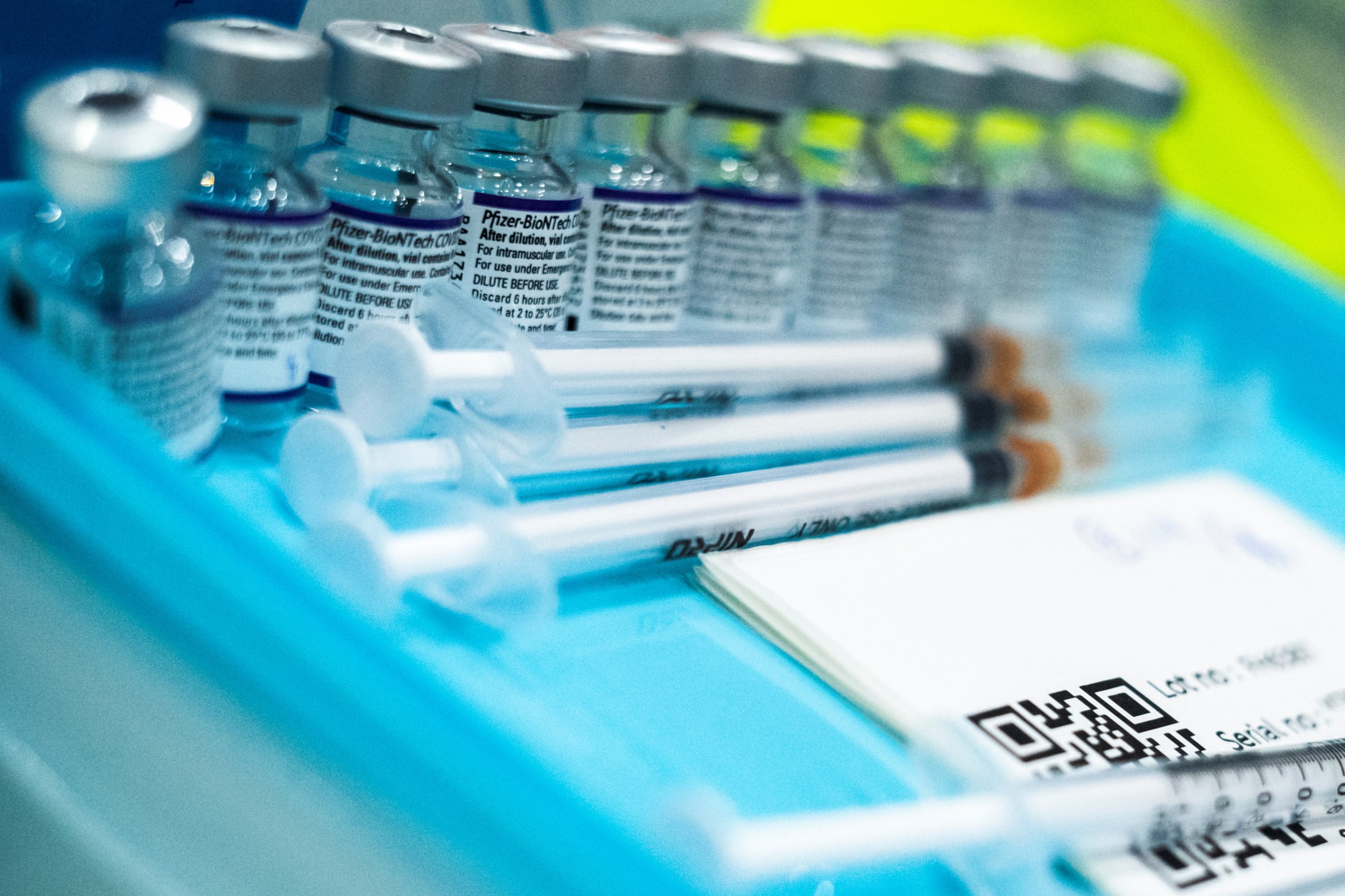
R&D capacity is also gaining momentum, echoing the priorities of Article 9 of the agreement. For example, Thailand and Malaysia are members of the Dengue Alliance, an international partnership to develop accessible and affordable treatments. Although such initiatives highlight the growing R&D capabilities of individual ASEAN member states, to truly operationalize the pandemic agreement at the ASEAN level, more concrete regional mechanisms would be required.
In this regard, mechanisms for R&D, pooled procurement, and regional stockpiling of vaccines, therapeutics, and diagnostics would be essential to strengthening ASEAN's institutional muscle for pandemic preparedness and response. Sustained efforts beyond the current five-year AVSSR Action Plan will be critical. The task includes developing successor action plans under the AVSSR, as well as launching complementary action plans for the ASEAN Drug Security and Self-Reliance (ADSSR) and ASEAN Diagnostics Security and Self-Reliance (ADxSSR).
Growing Economic and Political Stakes in ASEAN's Health Sector
Health is increasingly recognized as a strategic sector. Adopted in late May at the forty-sixth ASEAN Summit, the ASEAN Economic Community Strategic Plan 2026–2030 aims to enhance the potential of competitive and strategic sectors, including health-care industries, to boost the bloc's growth and strengthen regional supply chain resilience. As the health-security nexus will likely continue to be incorporated in economic policy and legal discussions, the region needs to be mindful. Without a strategic tailoring of approach and external engagement, ASEAN faces the risk of becoming entangled in a complex web of overlapping bilateral and multilateral agreements, each with unique regulations for procurement, R&D funding, and benefit sharing.
To leverage the current patchwork of capacities in pandemic preparedness and response, ASEAN needs to stitch them together under a single regional approach—one that aligns procurement, R&D investment, and benefit sharing across all member states rather than leaving each to navigate bilateral or global systems alone. In today's multipolar world characterized by geopolitical competition and declining trust in multilateral institutions, such a regional approach is not just logical; it is essential for both resilience and strategic autonomy in health security.
The Window Is Narrow, but the Stakes Are High
Still, institutional challenges remain. The ASEAN COVID-19 Response Fund—most recently used to procure mpox vaccines—remains a key financial instrument, but its future replenishment is still up for discussion. Originally capitalized through contributions from ASEAN member states and donors (Dialogue Partners), the fund's sustainability is now uncertain. With the end of COVID's Public Health Emergency of International Concern (PHEIC), donors could be less willing to contribute further. ASEAN member states should assume full responsibility for predictable replenishment as a demonstration of their commitment to pandemic preparedness and response. Whether, and to what extent, the fund will be replenished remains a litmus test and critical question for ASEAN's long-term preparedness.
One of the most technically complex and politically sensitive aspects of the agreement is Article 12 on pathogen access and benefit sharing (PABS)—arguably the treaty's operational heart for equity. Although the article outlines WHO-led coordination, equitable distribution mechanisms (such as 10% to 20% product set-asides), and transparent rules for sharing benefits from pandemic-related innovation, the operational details have been relegated to an annex for further negotiation over the next one to two years.
Avoiding a compartmentalized approach to PABS is essential. A fair and predictable benefit sharing mechanism could unlock investment, incentivize innovation, and make the region less vulnerable to future shocks. Therefore, PABS is not just a legal annex and ASEAN should not wait on the sidelines. The current negotiation phase of the PABS presents a critical window to elevate the AVSSR, ADSSR, and ADxSSR agendas into a more coherent and structured regional framework for pandemic preparedness and response. ASEAN should convene a regional dialogue on PABS to see whether a unified position in the negotiations can be forged to secure provisions that deliver tangible results that work for Southeast Asia.
Once the Pandemic Agreement is fully agreed and ratified, it could be operationalized through the ASEAN Centre for Public Health Emergencies and Emerging Diseases, but only if member states give it enough funding and political backing to do so. A collective voice and complementary regional mechanism would not only protect ASEAN's populations in the next pandemic, but also set a global example of how regional institutions such as ASEAN can uphold international cooperation in a time of global fragmentation.
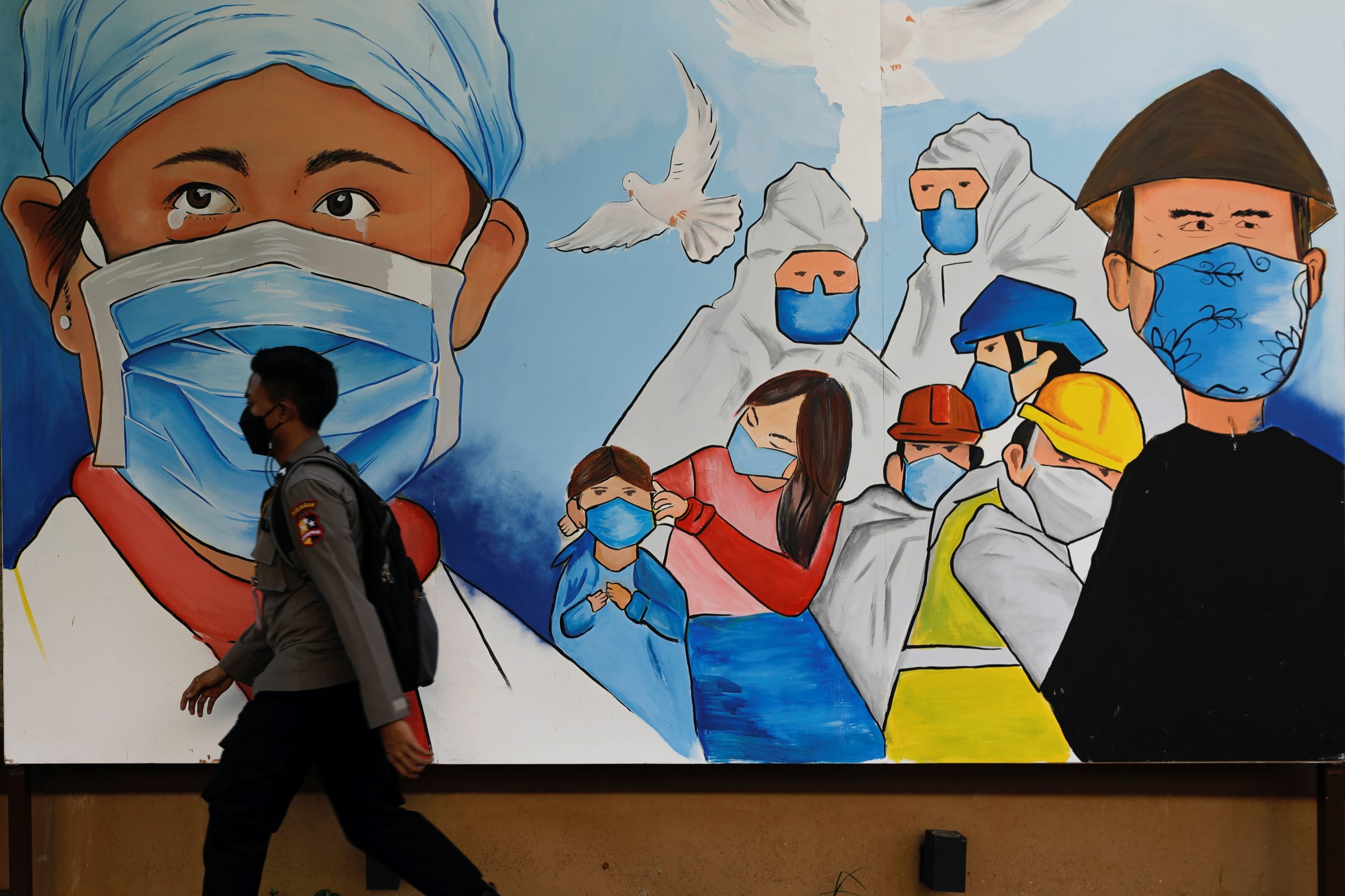
EDITOR'S NOTE: Suerie Moon was a visiting professor at the Duke-NUS Centre for Outbreak Preparedness when this article was written.
